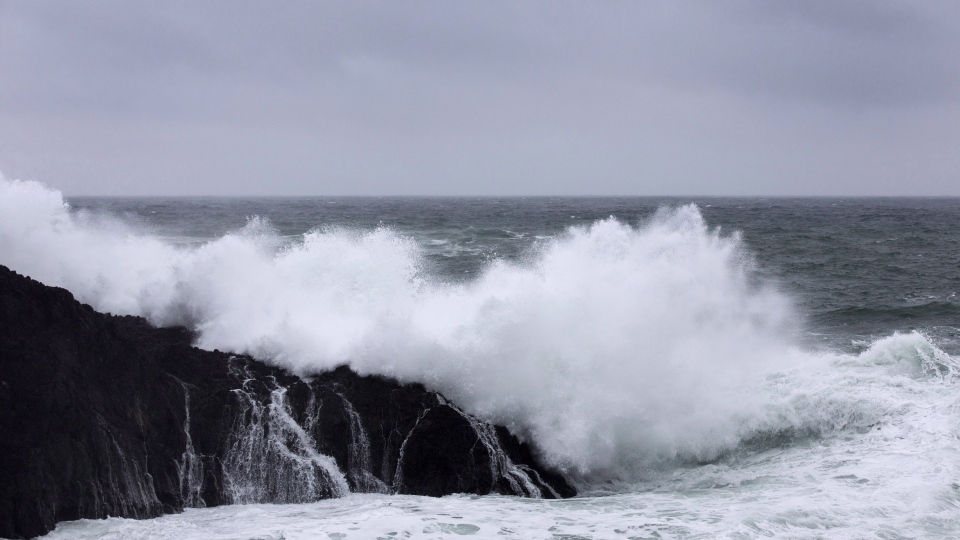VANCOUVER — A tsunami warning issued for coastal British Columbia was cancelled Tuesday morning after people living along the province’s coast evacuated to higher ground after a powerful earthquake struck off Alaska.
Residents along the province’s coast were woken by warning sirens shortly after the quake with a magnitude of 7.9 struck at about 1:30 a.m. Pacific time. The quake struck 278 kilometres southeast of Kodiak at a depth of about 10 kilometres.
Patricia Leidl, communications director with Emergency Preparedness BC, said there was a three centimetre wave and a 15 centimetre rise in sea level hours after the quake at Tofino on the west coast of Vancouver Island.
“I think this exercise demonstrates that tsunami warning systems do work and, just to reiterate, that it’s absolutely critical that those living in vulnerable and coastal areas do respond to these warnings and listen to their local officials should such an event occur,” she said.
The tsunami warning covered the Juan de Fuca Strait coast, the outer west coast of Vancouver Island, the central coast and northeast Vancouver Island, and the north coast and Haida Gwaii. People were told to evacuate inland or to higher ground, or move to an upper floor of a multi-story building, depending on individual situations.
Dan Banks, a public works employee in Tofino, said residents in low-lying areas, including resorts on along the beach, were told to go to higher ground.
“It’s tsunami protocol, everybody is going to high ground and evacuating the low-areas like they are supposed to,” he said, adding people also gathered at a community hall.
Gillian Der, a University of British Columbia geography student who is studying in Queen Charlotte on Haida Gwaii, said she didn’t feel the earthquake.
“I don’t think any of us felt anything,” she added.
“I just heard the fire trucks going around, honking their horns and on the loud speaker saying there is a tsunami warning. It was very apocalyptic. So I was just running up the street to the muster station, up the big hill.”
In Alaska, warnings from the National Weather Service sent to cellphones said: “Emergency Alert. Tsunami danger on the coast. Go to high ground or move inland.”
Lt. Tim Putney of the Kodiak Police Department said the earthquake woke him up out of a dead sleep, and he estimates it shook for at least 30 seconds.
“I’ve been Kodiak for 19 years that was the strongest, longest lasting one I’ve ever felt,” he told The Associated Press.
The Alaska Earthquake Information Center said the quake was felt widely in several communities on the Kenai Peninsula and throughout southern Alaska, but it also had no immediate reports of damage. People reported on social media that the quake was felt hundreds of kilometres away, in Anchorage.
Keith Perkins, who lives in the southeast Alaska community of Sitka, arrived at the high school early Tuesday morning, after an alarm on his cellphone alerted him of the tsunami warning. He said the city’s sirens also went off later.
Given the magnitude of the earthquake, Perkins said he thought it best to head to the school, the tsunami evacuation point, even though in the past he felt his home was at a “high-enough spot.”
“I figured I’d probably just better play it safe.”




 Driving Naari Programme launched in Chandigarh
Driving Naari Programme launched in Chandigarh































